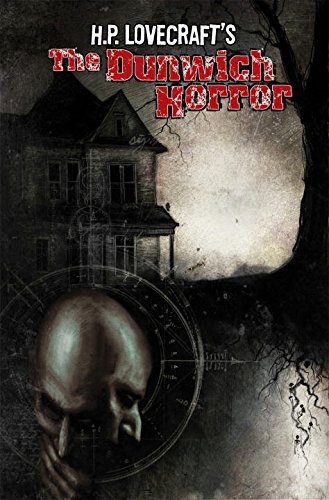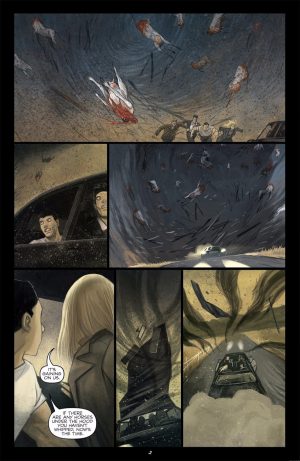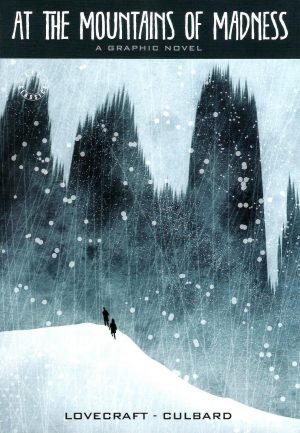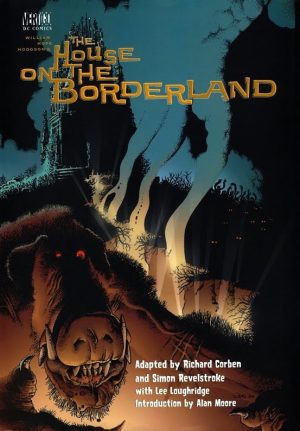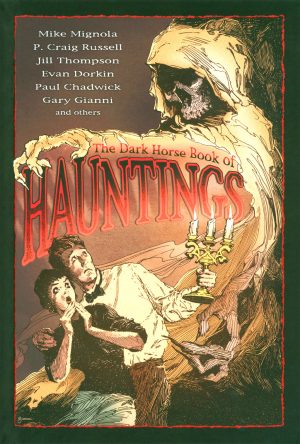Review by Frank Plowright
H.P. Lovecraft’s original gothic short story from 1929 has been updated by Joe R. Lansdale. He remains faithful to the general plot while moving events forward to the 21st century and including the technology of the modern era. Depending on how particular you are about authenticity this will either irritate, or captivate as the original story did.
When younger, a group of friends began investigating the unknown, as much as a way of amusing themselves as with any serious intention of uncovering hidden truths. Among other things they learned was the strange tragedy of Wilbur Whateley, Lansdale referencing the original story, and an evil book known as the Necronomicon. Their untutored use of it possibly let an ancient evil back into the world. Years later people have gone their separate ways, when one of them is savagely murdered. Before dying he manages to text the other former group members.
Lansdale is successful at matching Lovecraft’s methods of sustaining a continual tension by dropping references to inexplicable events and vague associations while ostensibly showing ordinary people going about their business. He updates the idea of the Necronomicon as maintaining its malign influence even when digitised, while relegating the original story to the notes inherited by the Whateley family. Much of it forms the third chapter.
Artist Peter Bergting’s very matter of fact style sees him drawing what’s necessary without any flourish or great emotional investment. It’s suited to the everyday scenes, while there’s an abstraction about the horror, which is also good. Toward the end there’s slightly less effort put into the faces, but by then that’s a secondary concern as the full hell has been unleashed.
The problem Lansdale’s characters face is how to use the Necronomicon to find a spell without being corrupted by the evil it holds. He’s convincing about why the entire group have to be involved, although there’s little to separate them in terms of personality. If he was intending to use Lovecraft’s work as a springboard for what’s substantially his own story, he could have developed them a little more. There is some nice work at the end when some moral ambivalence is clarified, and Lansdale is true to Lovecraft’s recipe of 80% build up and bubble and 20% release, but set against that, the actual ending is extremely abrupt, as if time had been called. It leaves this version of The Dunwich Horror compromised, when an extra chapter might have allowed for a more refined ending and better characterisation.
